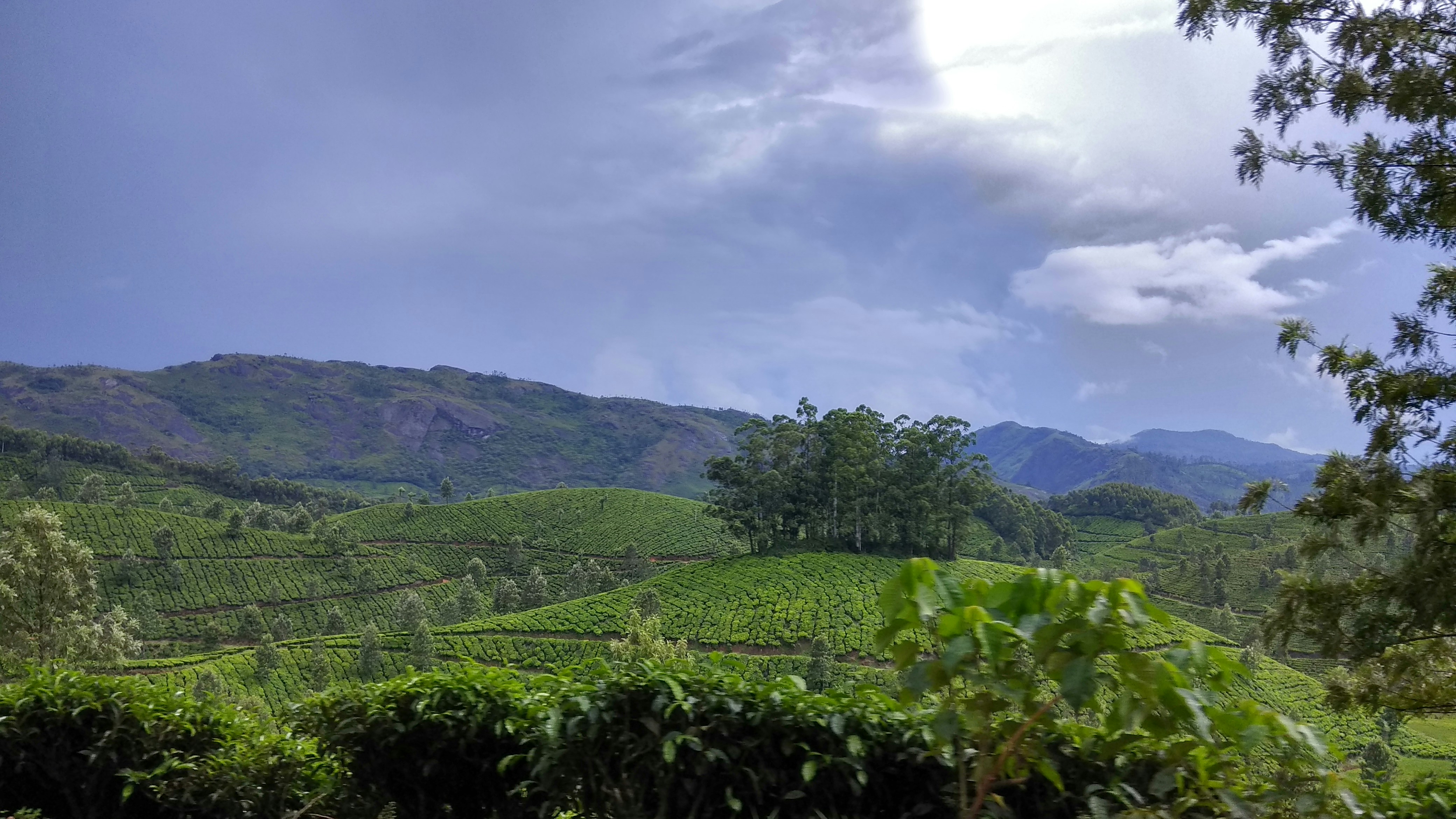The Best Time to Visit Sri Lanka: A Month-by-Month Guide
Introduction to Sri Lanka’s Climate and Seasons Sri Lanka, a teardrop-shaped island located off the southern coast of India, is renowned for its tropical climate that showcases an interplay of warmth and rain throughout the year. The country experiences two predominant monsoon seasons, creating a unique weather pattern that significantly impacts travel experiences. Understanding these climatic variations is crucial for any traveler aiming to explore this diverse island. The first monsoon, known as the Southwest Monsoon, typically occurs from May to September, affecting the western and southern coastal regions. During this period, travelers may encounter heavy rainfall, particularly on the southwestern coast, which can create lush landscapes but may also lead to disruptions in outdoor activities. In contrast, the eastern side of the island enjoys a relatively drier climate, making it a viable alternative for visitors looking to escape the rains. The second notable monsoon is the Northeast Monsoon, which usually takes place from December to February. This season brings rainfall primarily to the eastern and northern regions, while the west and south generally enjoy sunny days. This difference in weather conditions emphasizes the fact that depending on the time of year, some areas are more hospitable for exploration than others. Moreover, Sri Lanka’s climate is characterized by warm temperatures year-round, with coastal areas maintaining an average of 28°C to 32°C (82°F to 89°F), while the hill country offers cooler temperatures. This range of climates allows for varied experiences, from relaxing on sun-kissed beaches to trekking through misty mountains. By acquainting oneself with Sri Lanka’s climate and seasonal changes, travelers can better plan their itineraries and choose the best time to visit this remarkable destination. January to March: Exploring Paradise Under Clear Skies Visiting Sri Lanka from January to March offers travelers a remarkable experience characterized by pleasant temperatures, low humidity, and minimal rainfall. This three-month window is regarded as one of the best times to explore the island, often attracting both international tourists and locals seeking to revel in the beautiful landscapes and cultural richness that Sri Lanka has to offer. During these months, temperatures across various regions typically hover between 27°C and 30°C, making it a comfortable climate for outdoor adventures and exploration. The reduced humidity levels enhance the overall experience, allowing visitors to fully appreciate the diverse attractions without discomfort. This enticing weather encourages exploration of both national parks and pristine beaches, as well as historical sites, thereby catering to a range of interests. For nature enthusiasts, January to March is particularly favorable for visiting renowned national parks such as Yala and Udawalawe. Wildlife enthusiasts can witness a variety of endemic species, including elephants and leopards, amidst verdant landscapes. Additionally, the coastal regions, such as Mirissa and Unawatuna, exhibit calm waters perfect for activities like snorkeling, diving, and whale watching. The sandy beaches are ideal for relaxation and sunbathing, drawing in many to experience the picturesque coastline. Cultural explorers can take advantage of this period to visit significant historical sites, including the ancient rock fortress of Sigiriya and the sacred city of Kandy. These locations host numerous festivals and rituals, allowing travelers to immerse themselves in the rich cultural tapestry that defines Sri Lanka. Whether indulging in the rich culinary scene or engaging in the vibrant traditions, visitors are ensured an unforgettable experience. Overall, the period from January to March stands out as a sublime time to explore Sri Lanka and savor all that this enchanting destination has to offer. April: A Transition Month with Unique Cultural Significance April in Sri Lanka marks a unique transition as the country experiences a mix of weather conditions, shifting from the dry season to the start of the inter-monsoon period. During this month, travelers can expect warm temperatures, however, sporadic rainfall is also common, particularly towards the end of the month. This transitional weather can play a significant role in planning your visit, as it influences outdoor activities and sightseeing opportunities. One of the standout features of April is the celebration of the Sinhala and Tamil New Year, known locally as “Aluth Avurudhu.” This significant cultural event usually occurs around April 13th to 14th and is steeped in rich traditions that reflect the country’s diverse heritage. The festivities include a variety of customs such as preparing traditional sweets, the lighting of oil lamps, and engaging in communal games. Visitors are not only greeted with vibrant decorations and lively street performances but also have the opportunity to observe traditional rituals firsthand. To fully experience the Sinhala and Tamil New Year, some of the best places to visit are Colombo, Kandy, and Jaffna, where local communities partake in vibrant celebrations. Public events often feature traditional dance performances, music, and delicious food stalls, offering a glimpse into the local culture. For those keen to embrace the local Easter festivities, participation in family gatherings or visits to temples can provide an enriching experience. When planning a trip during April, it is advisable to keep an eye on the weather forecasts. While rain can be unpredictable, packing lightweight waterproof clothing and being open to indoor activities can help mitigate the inconvenience of occasional showers. Ultimately, visiting Sri Lanka in April allows travelers to bask in both the beauty of the island’s landscapes and the warmth of its cultural festivities. May to August: Rainy Season and Low Tourist Crowds The period between May and August in Sri Lanka marks the arrival of the southwest monsoon, bringing significant rainfall primarily to the southwestern regions of the island. During these months, tourists may observe a transition in the usual travel patterns, as many opt to postpone their trips in light of perceived weather conditions. However, visiting during this time offers unique opportunities that can significantly enhance the travel experience. One of the most noteworthy advantages of traveling to Sri Lanka during the rainy season is the substantial decrease in tourist crowds. Popular attractions, serene beaches, and lush nature reserves become less congested, allowing for a more intimate exploration of these sites. Visitors can enjoy the natural beauty


















